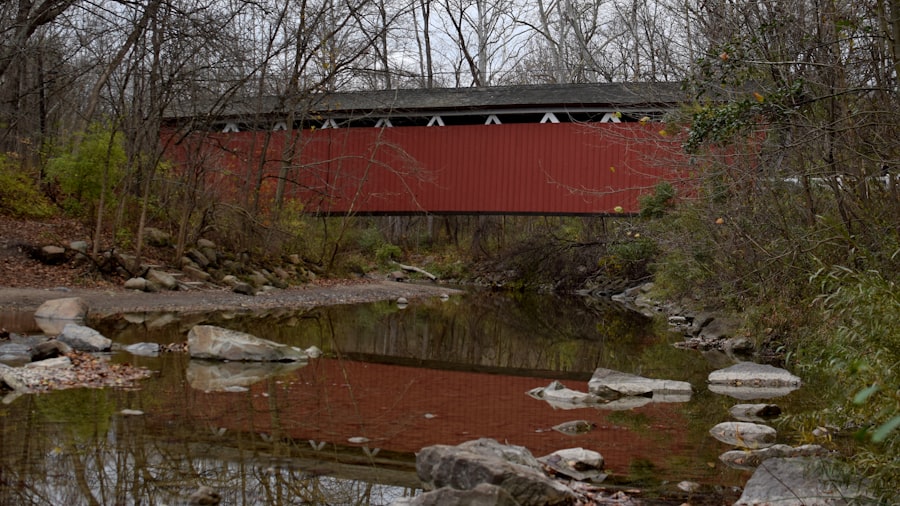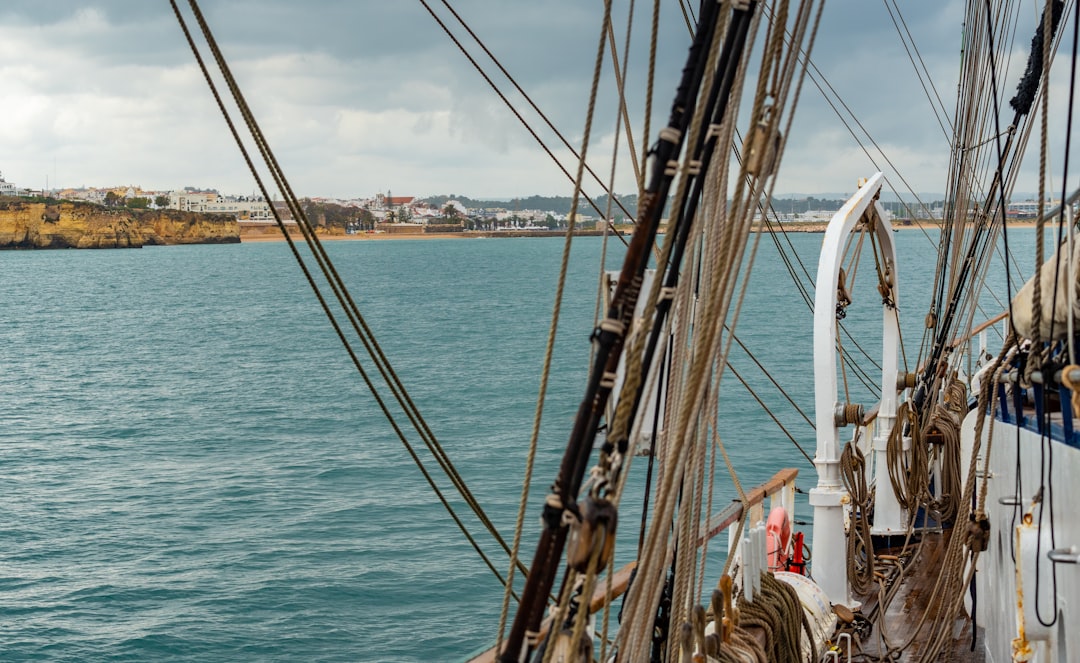The Iberian Peninsula, comprising modern-day Spain and Portugal, boasts a history that is as intricate as it is fascinating. This region has been a crossroads of civilizations for millennia, shaped by a multitude of cultures, conquests, and exchanges. The earliest known inhabitants were the Iberians, a group of tribes that settled in the area around 3000 BThey were followed by the Celts, who migrated from central Europe, leading to a unique blend of cultures that laid the groundwork for the peninsula’s rich heritage.
The Phoenicians and Greeks established trading colonies along the coast, introducing new agricultural practices and goods that would influence local economies. The Roman conquest in the 2nd century BC marked a significant turning point in Iberia’s history. The Romans brought with them advanced engineering, architecture, and governance, leaving behind a legacy that can still be seen today in the ruins of cities like Tarragona and Mérida.
Following the fall of the Roman Empire, the Visigoths took control, establishing a kingdom that lasted until the Muslim conquest in the early 8th century. The subsequent period of Al-Andalus saw a flourishing of science, philosophy, and the arts under Islamic rule. This era was characterized by remarkable advancements in mathematics, astronomy, and medicine, as well as the construction of stunning architectural marvels such as the Alhambra in Granada and the Great Mosque of Córdoba.
Exploring the Diverse Landscapes of Iberia
Iberia’s landscapes are as varied as its history, offering a stunning array of natural beauty that ranges from rugged mountains to sun-kissed beaches. The Pyrenees, which form a natural border between Spain and France, are a haven for outdoor enthusiasts. These majestic mountains are not only home to diverse flora and fauna but also provide numerous opportunities for hiking, skiing, and mountaineering.
The region’s picturesque valleys and charming villages, such as AÃnsa and Jaca, invite visitors to explore their rich traditions and breathtaking vistas. Moving southward, one encounters the vast plains of La Mancha, famous for its windmills and vineyards. This region is steeped in literary history, being the backdrop for Miguel de Cervantes’ “Don Quixote.” The landscape transitions into the rolling hills of Andalusia, where olive groves stretch as far as the eye can see.
The Sierra Nevada mountains rise dramatically in the background, providing a stunning contrast to the arid plains below. Coastal areas like Costa del Sol offer golden beaches and vibrant seaside towns such as Marbella and Málaga, where visitors can bask in the Mediterranean sun while enjoying fresh seafood and local wines.
Indulging in the Culinary Delights of Iberia

The culinary landscape of Iberia is a reflection of its diverse cultural influences and regional specialties. Spanish cuisine is renowned for its bold flavors and vibrant ingredients. Tapas, small plates that encourage sharing and socializing, are a quintessential part of Spanish dining culture.
From patatas bravas to jamón ibérico, these dishes showcase the country’s rich agricultural heritage. Each region boasts its own specialties; for instance, Galicia is famous for its seafood, particularly octopus prepared in the traditional style known as “pulpo a la gallega,” while Valencia is celebrated for its paella, a rice dish that combines saffron with an array of meats and vegetables. Portugal’s culinary scene is equally enticing, characterized by its emphasis on fresh ingredients and traditional cooking methods.
Bacalhau, or salted cod, is a staple in Portuguese cuisine, prepared in countless ways—from bacalhau à brás to bacalhau com natas. The country is also known for its pastries, particularly pastéis de nata, which are creamy custard tarts with a flaky crust that have become beloved worldwide. Wine lovers will find themselves in paradise in both Spain and Portugal; Spain’s Rioja region produces some of the finest red wines, while Portugal’s Douro Valley is famous for its port wine production.
Immersing Yourself in the Vibrant Culture of Iberia
| Aspect | Metrics |
|---|---|
| Language | Number of languages spoken in Iberia: Spanish, Portuguese, Catalan, Basque, Galician |
| Food | Variety of traditional dishes: paella, tapas, bacalhau, churros, gazpacho |
| Music | Genres and dances: Fado, Flamenco, Salsa, Samba, Tango |
| Art | Famous artists: Pablo Picasso, Salvador DalÃ, Joan Miró, Fernando Botero |
| Architecture | Distinctive styles: Moorish, Gothic, Baroque, Modernist |
The cultural tapestry of Iberia is woven from centuries of artistic expression, music, dance, and festivals that reflect its diverse heritage. Flamenco music and dance are emblematic of Andalusian culture, characterized by passionate guitar playing, intricate footwork, and expressive hand movements. This art form has deep roots in the region’s history and has evolved over time to incorporate influences from various cultures, including Gypsy, Moorish, and Jewish traditions.
Attending a live flamenco performance in Seville or Granada offers an unforgettable glimpse into this vibrant cultural expression. In addition to flamenco, Iberia is home to numerous festivals that celebrate local traditions and customs. La Tomatina in Buñol is a world-famous tomato-throwing festival that attracts thousands of participants each year.
Meanwhile, Semana Santa (Holy Week) is observed with solemn processions throughout Spain, particularly in Seville and Málaga, where elaborate floats adorned with religious icons are paraded through the streets. Portugal’s Festa de São João in Porto features lively street parties filled with music, dancing, and fireworks as locals celebrate the summer solstice with enthusiasm.
Uncovering Hidden Gems in Iberia
While major cities like Madrid and Barcelona often steal the spotlight, Iberia is dotted with hidden gems waiting to be discovered. The medieval town of Ronda in Andalusia is perched on a dramatic cliff overlooking a deep gorge. Its iconic Puente Nuevo bridge offers breathtaking views and serves as a reminder of the town’s rich history dating back to Roman times.
Similarly, the picturesque village of Cadaqués on the Costa Brava has long been a favorite among artists such as Salvador DalÃ. Its charming whitewashed houses and crystal-clear waters make it an idyllic spot for relaxation and inspiration. In Portugal, the town of Évora stands out with its well-preserved Roman ruins and medieval architecture.
The Temple of Diana is a striking reminder of the town’s ancient past, while the Capela dos Ossos (Chapel of Bones) offers a haunting yet fascinating glimpse into local history. Another hidden gem is Sintra, located just outside Lisbon. This fairy-tale town is renowned for its colorful palaces and lush gardens, including the whimsical Pena Palace and the Moorish Castle that overlooks the landscape.
Practical Tips for Traveling in Iberia

Traveling through Iberia can be an enriching experience if approached with some practical considerations in mind. First and foremost, understanding regional differences in language and customs can enhance interactions with locals. While Spanish is widely spoken throughout Spain, regional languages such as Catalan in Catalonia or Basque in the Basque Country may be prevalent in those areas.
In Portugal, Portuguese is the official language; however, many people in tourist areas speak English. Transportation options are plentiful across Iberia. High-speed trains connect major cities efficiently; for instance, the AVE train can whisk travelers from Madrid to Barcelona in just over two hours.
Renting a car can also be advantageous for exploring rural areas or hidden gems off the beaten path. However, it’s essential to familiarize oneself with local driving laws and parking regulations to avoid any inconveniences. When it comes to dining out or participating in local festivities, being aware of meal times can enhance your experience.
Spaniards typically eat lunch around 2 PM and dinner around 9 PM or later; thus, restaurants may not open until later in the evening. In Portugal, dinner is often served even later than in Spain. Embracing these cultural norms can lead to more authentic experiences while traveling through this captivating region.
In summary, Iberia offers an unparalleled journey through time with its rich history, diverse landscapes, culinary delights, vibrant culture, hidden gems, and practical travel tips that ensure an unforgettable experience for every visitor.
If you are interested in pursuing a career as a flight attendant, you may want to consider reading about the opportunities available with Virgin Australia. Similar to Iberia, Virgin Australia offers a dynamic and exciting work environment for those looking to join the aviation industry. Additionally, you may also want to explore the possibilities with Japan Airlines or United Airlines to see which airline aligns best with your career goals and aspirations.



